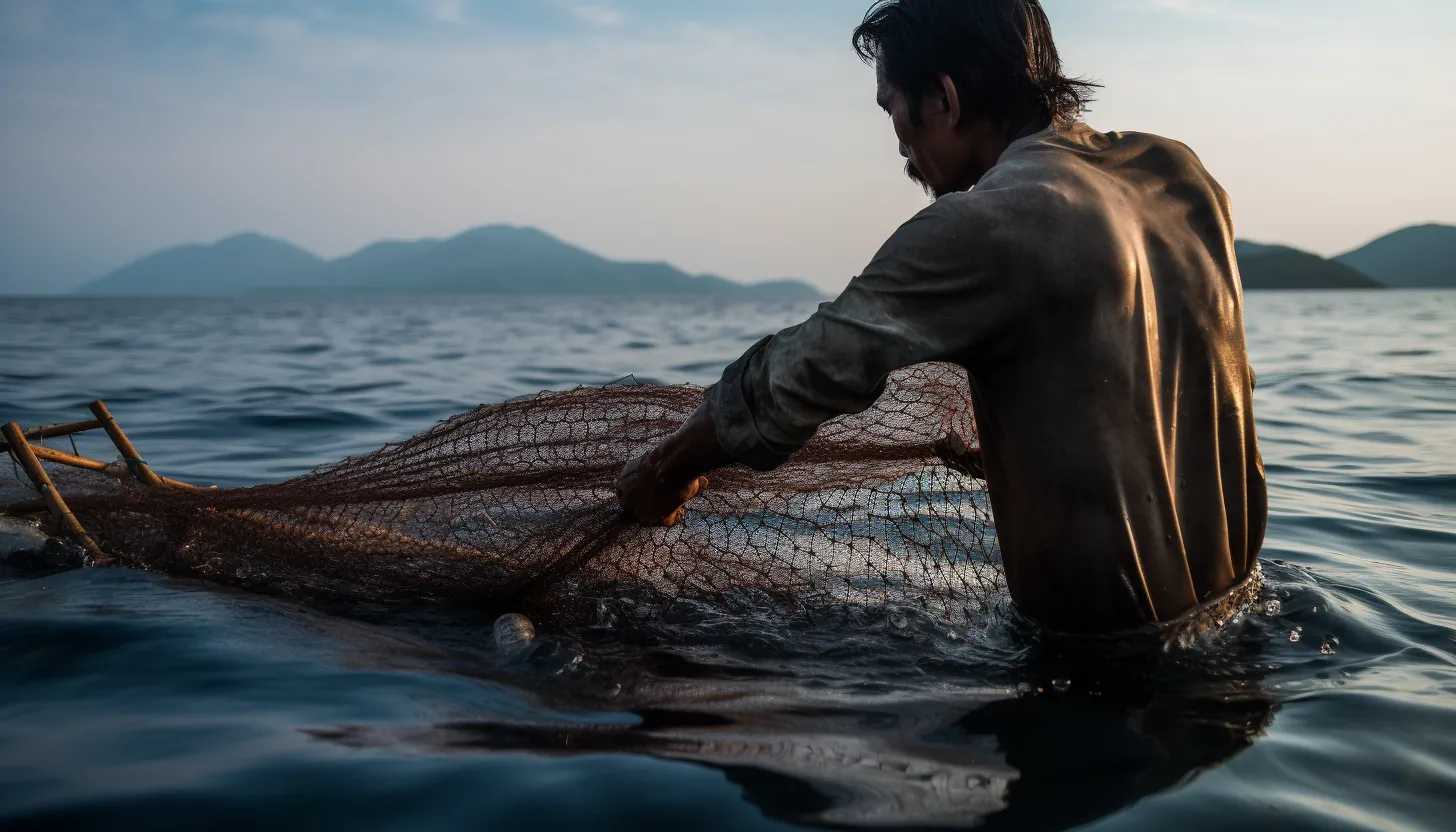Environment
published : 2023-08-24
Tepco Readies for Release of Fukushima's Treated Radioactive Wastewater into Pacific Ocean on Aug. 24
Fukushima's Aftermath: The Challenge of Safely Disposing A Million Tons of Radioactive Water May Span Decades

Japan is preparing for an unprecedented undertaking as it gears up to commence the release of over a million tons of treated water from the crippled Fukushima Daiichi nuclear power plant - a process projected to span decades.
Distilled after being contaminated upon contact with the power plant's fuel rods, the water in question is currently stored in tanks on site, with the collective capacity equivalent to filling 500 Olympic-sized swimming pools.
Transparency is at the forefront of Tokyo Electric Power Company’s (Tepco) plans to handle this sensitive issue, but how are they planning to proceed?
The plan revolves around filtering the radioactive water to remove harmful isotopes, with the main exception of tritium, a type of hydrogen that proves challenging to extract.
The water will then be diluted until it falls below the accepted tritium levels for disposal and pumped into the ocean from Tepco's coastal location, a routine procedure for many nuclear facilities worldwide.
Although tritium can increase cancer risks when ingested at high levels, it is widely considered harmless as its low energy radiation cannot penetrate human skin.
Enforcing extensive filtering and dilution, Tepco is looking at decades of work ahead, overlapping with the decommissioning of the plant.

Japan, together with several scientific entities, vouch for the safety of the soon-to-be-released water, although controversial opinions persist among environmentalists citing the lack of comprehensive studies on all possible ramifications.
While Greenpeace questions the extent of the radiological risk assessment and the potential biological impacts of other isotopes, the International Atomic Energy Agency (IAEA) supports Japan's initiative, deeming the effect on people and the environment 'negligible.'
The filtering process can successfully remove strontium-90 and iodine-129, and the concentration of carbon-14 in the contaminated water is significantly lower than its regulatory standard for discharge.
In contrast, levels of tritium are expected to be within safety margins for drinking water, as posited by the World Health Organization.
Yet drinking water discharged from nuclear sites isn't a common practice anywhere globally, a fact reiterated by Japan's mission to the International Atomic Energy Agency last week.
Moreover, the government pledges to halt the release at the slightest detection of abnormally high concentrations of radioactive materials, reassuring the public and international observers.
How has the global community reacted to Japan’s plan?

One of Fukushima's primary concerns is the potential reputational damage to its fishing industries. Despite years of diligent work, fishing unions fear that the water release could counteract their struggle to rebuild the trust in their fisheries due to radiation fears.
Though the science may validate that the release is safe, Masanobu Sakamoto, the head of the National Federation of Fisheries Cooperative Associations, voiced concerns over the area's potential social stigma.
Looming anxieties are palpable in neighboring countries as well, with China leading the chorus in denouncing Japan's decision.
Ever since the Fukushima catastrophe spurred by the devastating 2011 tsunami and earthquake, China, the primary importer of Japanese seafood, imposed strict import restrictions due to radiation fears, affecting up to 10 out of Japan's 47 prefectures by expanding their initial ban.
Regardless of the IAEA's recent approval of Japan's water discharge plan, it remains to be seen whether the impending action will exacerbate or assuage international concerns for food safety, human health, and environmental preservation. It's a beacon for future challenges in treating and disposing of radioactive waste.
